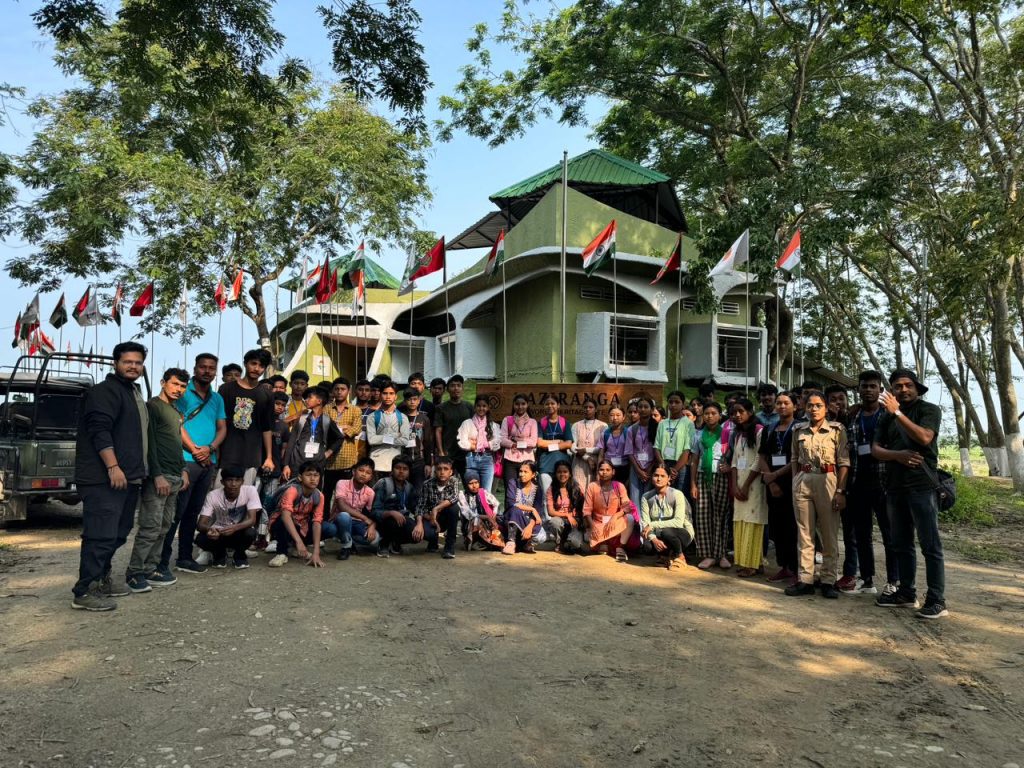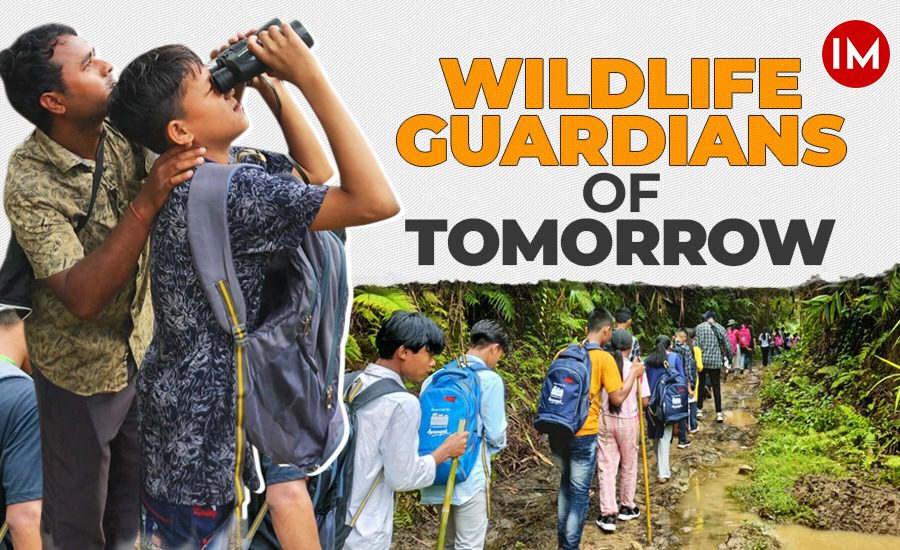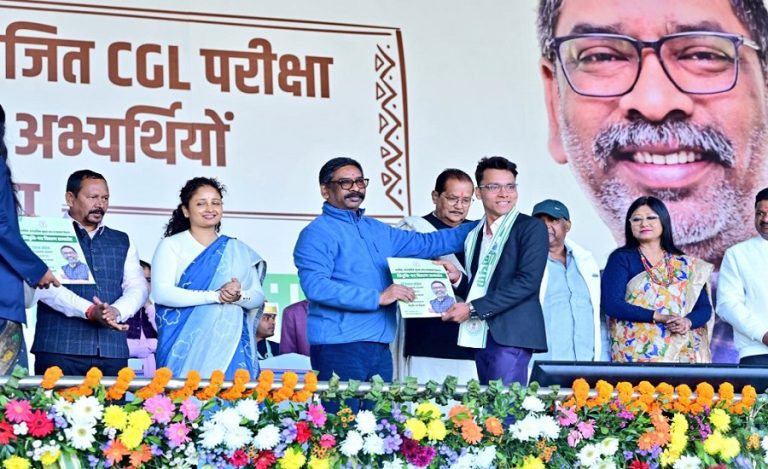It is not enough to leave behind a beautiful flora and fauna heritage for the next generation if we do not teach them to love, respect, and value the legacy. They would value their inheritance only if they grow up learning about its significance in preserving our planet. A child who will grow up seeing animals and plants around her being valued will be a responsible world citizen of tomorrow who values nature and its infinite treasures.
With this aim in view, and carrying forward a legacy established in 2007, the Kaziranga National Park authorities organised a 3-day residential camp recently, to educate the children living on the fringe villages about forest conservation and peaceful coexistence with wildlife.
One unique aspect of this year’s camp was the inclusion of divyang students and children of mahouts (elephant caregivers) and ghasis (grass cutters). Speaking to Indian Masterminds, Kaziranga’s Field Director, 2000 batch IFS officer Dr. Sonali Ghosh, gave more details about the orientation camp.

NATURE ORIENTATION
The camp for children was organised over three days in a premium resort located near the wildlife park, called ‘Wild Grass’. Usually filled with foreign and Indian high-end tourists, the luxury resort witnessed the pattering of excited feet and the chattering of curious minds, as children from the most underprivileged sections of society made it their home for three days. These kids were there on invitation from the Kaziranga authorities to take part in an orientation camp.
Field Director Dr. Sonali Ghosh said, “I am happy that these children got a chance to come and stay in this resort which they might have seen and admired from far before. They had a good time learning so many new things about Kaziranga while living very close to it, as this resort is located at a vantage point.”

DIVYANG CHILDREN’S PARTICIPATION
For the first time in Kaziranga’s history, the orientation camp saw divyang children’s participation. Dr. Ghosh took the initiative to invite them as part of her inclusivity exercise.
“This camp was special as we had four divyang students from the Upper Assam Handicapped Centre school with us. It was a pleasure to see their enthusiastic participation in all activities,” she said.

KIDS OF MAHOUT & GHASIS JOIN
Yet another new aspect was the participation of wards of the Park’s mahouts (elephant caregivers) and ghasis (grass cutters). Six such children joined the camp for the first time. “Bringing them on board was a highlight of this year’s camp. They have grown up seeing their fathers working for animal welfare. Now, they had a first-hand experience of such welfare work,” said Dr. Ghosh.
ANIMAL WELFARE TRAINING
A total of 48 children and four student volunteers participated in the residential camp. Systematic planning was undertaken to reach out to the most rural and underprivileged students and letters were written to schools under the ranges. The male-female ratio was 29:19 and majority of the children were from the 10th standard.
The children were introduced to animal rescue, drone surveys, camera trapping for animal population estimation, and given an overview of the opportunities in sustainable tourism and sustainable farming, eco-tourism, field guiding, and traditional handloom and craft.

There were also special sessions on Kaziranga’s pride – the greater one horn rhinocerous, elephants, and birds and birding. The children were also taken on safari, nature trails to the Karbi Anglong hills, and given a chance to interact with the women frontline staff.
On the sidelines, there were ‘tiger story’ telling around crackling campfires as the sun set in the horizon casting a golden glow on the campsite.
There were also interactive sessions to get the children’s feedback and evaluation, and special sessions taken by experts on ‘How to Be a Forest Ranger’ and ‘How to Mitigate Human-Wildife Conflicts’.
The residential camp, held in one of Kaziranga’s oldest resorts, was part of the Park’s outreach activities aimed at building capacities and strengthening conservation awareness among the rural students living in the forest fringe areas. And, going by the overwhelming response, it fulfills its core target of molding the fringe children into responsible adults of tomorrow, in a world where ‘humans and wildlife live happily ever after’!






























